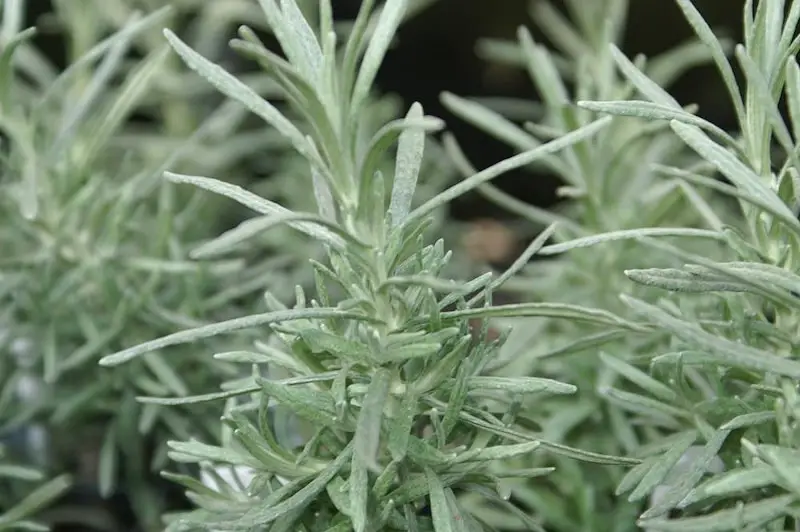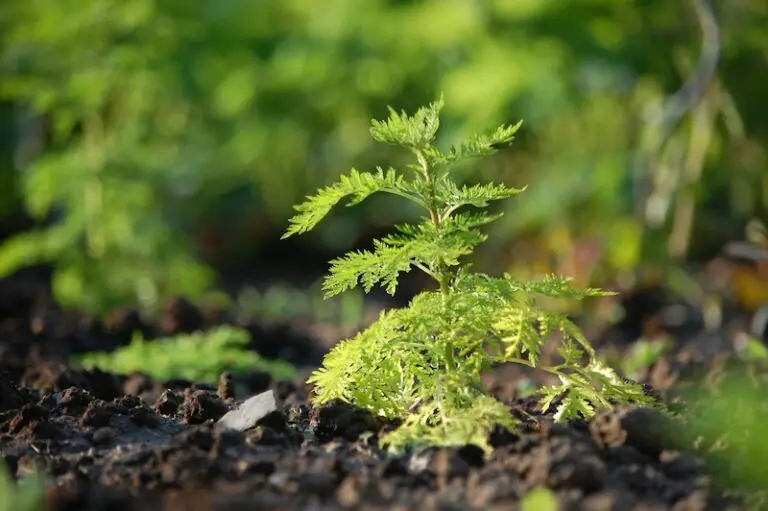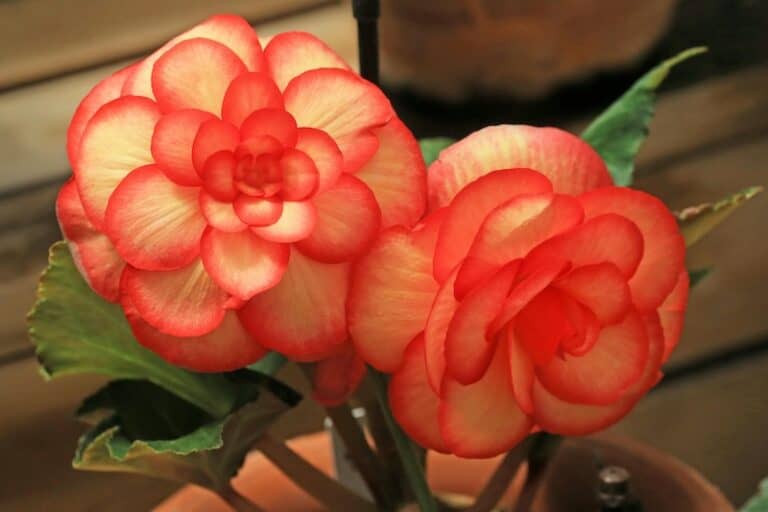7 Compelling Reasons to Grow a Curry Plant in Your Garden
The curry plant (Helichrysum italicum) is a delightful addition to any garden, offering numerous benefits beyond its aromatic appeal. Known for its distinctive curry-like fragrance, the curry plant is not only a sensory delight but also a practical choice for home gardeners. Here are seven compelling reasons to grow this versatile plant, along with a guide on how to cultivate it effectively.
1. Delightful Aroma
One of the most notable characteristics of the curry plant is its enchanting aroma. The plant emits a strong, spicy scent reminiscent of curry powder, which can fill your garden with a warm and inviting fragrance. This aroma is not only pleasant but also serves a practical purpose. The scent can act as a natural deterrent to pests, helping to protect other plants in your garden. Additionally, the aromatic leaves can be used in potpourri, sachets, and homemade air fresheners, bringing the delightful scent indoors.
2. Culinary Uses
While the curry plant is not the source of curry powder, its leaves can still be used in the kitchen. The leaves impart a subtle curry-like flavor when added to dishes. They can be used to flavor soups, stews, and sauces, particularly in Mediterranean and Indian-inspired cuisines. To use the leaves in cooking, lightly crush them to release their oils and add them early in the cooking process to allow the flavor to infuse. Although the leaves are typically removed before serving, they provide a unique, aromatic touch to your culinary creations.
3. Medicinal Benefits
Helichrysum italicum is renowned for its medicinal properties. The plant contains compounds that have anti-inflammatory, antimicrobial, and antioxidant effects. It is often used in herbal remedies to treat a variety of ailments, including respiratory issues, skin conditions, and digestive problems. The essential oil extracted from the curry plant is particularly prized in aromatherapy for its soothing and healing properties. Incorporating this plant into your garden can provide a natural source of remedies for common health concerns, promoting overall well-being.
4. Drought Tolerance
The curry plant is highly drought-tolerant, making it an ideal choice for gardens in dry or arid regions. Once established, it requires minimal watering, reducing the demand on your water supply and contributing to a more sustainable garden. This resilience to drought conditions also means that the plant is relatively low-maintenance, thriving with little intervention. Its hardiness makes it an excellent option for gardeners who want a beautiful, aromatic plant without the need for constant care and attention.
5. Attractive Appearance
In addition to its aromatic and practical benefits, the curry plant is also visually appealing. It features silvery-gray foliage that contrasts beautifully with green plants in your garden, adding visual interest and texture. The plant produces small, bright yellow flowers in the summer, which attract pollinators such as bees and butterflies. This combination of striking foliage and vibrant blooms makes the curry plant a wonderful ornamental addition to any garden, enhancing its aesthetic appeal.
6. Easy to Grow
Growing a curry plant is relatively straightforward, even for novice gardeners. The plant thrives in well-drained soil and requires full sun to partial shade. It can be grown from seeds, cuttings, or nursery plants. To plant, simply sow the seeds or plant the cuttings in well-prepared soil, ensuring good drainage to prevent root rot. Water the plant sparingly, allowing the soil to dry out between waterings. Fertilize sparingly, as the curry plant prefers poor to moderately fertile soil. With minimal care, your curry plant will flourish and provide you with its many benefits.
7. Versatility
The curry plant’s versatility extends beyond the garden. Its aromatic leaves can be used in various household applications. For instance, the leaves can be dried and used in homemade potpourri to freshen up your living spaces. The essential oil extracted from the plant can be used in DIY cleaning products, providing a natural, pleasant scent while harnessing the plant’s antimicrobial properties. Additionally, the curry plant can be used as a companion plant in your garden, helping to deter pests and attract beneficial insects.
Growing the Curry Plant
To ensure your curry plant thrives, follow these detailed steps:
- Location: Choose a sunny spot with well-drained soil. The curry plant thrives in full sun but can tolerate partial shade.
- Soil: Ensure the soil is well-draining. Amend heavy soils with sand or gravel to improve drainage. The plant prefers poor to moderately fertile soil, so avoid overly rich soil.
- Planting: Plant seeds or cuttings in early spring. If using seeds, sow them directly into the soil, covering them lightly. For cuttings, take a 4-6 inch stem, remove the lower leaves, and plant it in well-drained soil.
- Watering: Water sparingly. Allow the soil to dry out between waterings. Overwatering can lead to root rot.
- Fertilizing: Fertilize sparingly, if at all. The curry plant does not require rich soil and too much fertilizer can harm it.
- Pruning: Prune the plant regularly to maintain its shape and encourage bushier growth. Remove any dead or damaged stems.
- Harvesting: Harvest the leaves as needed. The best time to harvest is in the morning after the dew has dried but before the sun becomes too hot.
- Pest and Disease Control: The curry plant is generally resistant to pests and diseases. However, keep an eye out for signs of root rot or fungal infections, particularly in poorly drained soils.
Conclusion
The curry plant (Helichrysum italicum) offers a multitude of benefits, making it a valuable addition to any garden. Its delightful aroma, culinary uses, medicinal properties, drought tolerance, attractive appearance, ease of growth, and versatility make it a standout plant. Whether you are an experienced gardener or just starting out, the curry plant is a rewarding and practical choice that can enhance your garden and your home. By following the proper growing techniques, you can enjoy the many advantages this remarkable plant has to offer.







